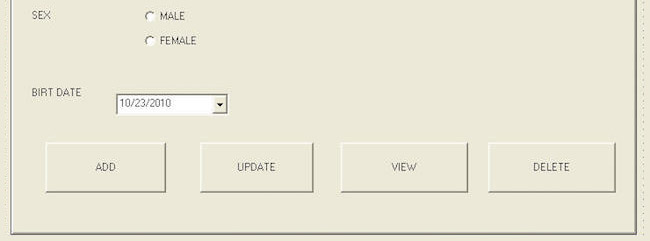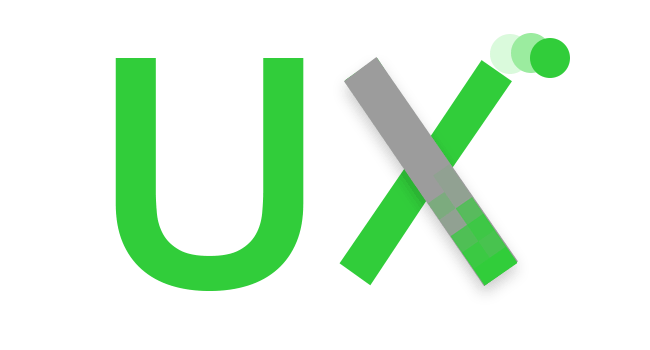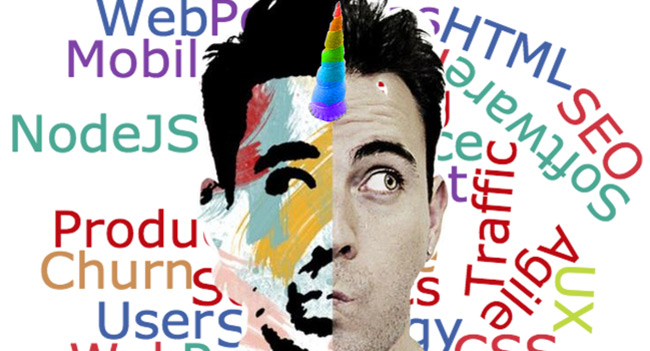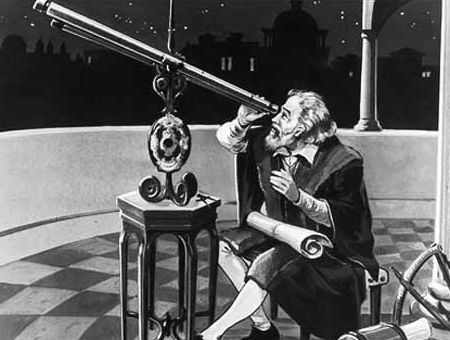Life would be simpler if only we were all unicorns.
What is the current state of design recruitment? What roles are in high demand and what roles are falling out of favour? In order to answer these questions we spoke with the founder of Sketchlabs.io Mindaugas Petrutis.
The biggest struggle is simply finding the right people, that is 100% the biggest challenge. - Lynsey Thornton
Mindaugas decided to found Sketchlabs after working in recruitment with a number of agencies, it became clear that there was a need for a dedicated recruitment agency; one which focussed on the needs of designers and the companies who put designers at the core of their development process.

The dumbest mistake is viewing design as something you do at the end of the process to ‘tidy up’ the mess, as opposed to understanding it’s a ‘day one’ issue and part of everything.
In the past it was possible to have a team of anything up to 200 developers with only a token designer. Now, not only are there more designers but there are lots of different roles for designers. This is one reason why the recruitment of designers now requires more research. It also helps to explain the lack of designers and the difficulties that companies have in finding qualified and experienced professionals to join their design teams.
When I design, I work very hard to make the interface experience feel like there’s a human on the other end, not a computer. - Aarron Walter
With the rise of the user interface the role of UI designer came into vogue and became fundamental to all product design. While the aim of UI was to make the interface more user friendly, there was a rebalancing of the product development. Designers were becoming more important as they attempted to make sure that products were designed with the end user in mind. However, the process of constructing the user interface does create a distance between the UI designer and the user which is difficult to overcome as it is virtually impossible for the UI designer to look at the UI through the eyes of a user. UX is a role evolved in order to connect the user into the design process. The advantage of UX is that it does not have the same emotional connection to the design as the UI designer. Therefore, they can bring a more critical eye to any design discussions.

When you dissect the design function there is definitely a difference between UI and UX. As Mindaugas points out, employers often come to recruiters looking for a position or function to be filled. For example, they will look for a UI designer with UX capabilities. In a design team that already contains a number of UI designers, is there any need to add another when the real requirement is a pure UX researcher? A UX researcher will be able to contribute to a conversation about UI design in relation to the needs of the user.
When you’re in a start-up, the first ten people to work there will determine whether the company succeeds or not. Each is 10% of the company. - Steve Jobs
So why wouldn’t you take as much time as necessary to find all the A players? A small company depends on great people much more than a big company does.
For bigger operators there are ways around this recruitment problem. Rather than bringing in experienced UX designers, it’s possible to bring in a recent graduate and to provide them with the experience on the job. This is not possible for smaller companies with smaller design teams.
Graduates with UX qualifications are thin on the ground because there is a lack of conversion courses being provided at the moment for those who want to transition into UX. Many of the UX places are currently being filled by designers transitioning into UX roles from other areas. They have the advantage of industry experience but lack qualifications and should highlight their experience when seeking a UX role.
It is from this cohort that you have a chance to find a UX unicorn. Those who have decided that they want to transition into UX do so because they are committed to providing the user with the optimal service.

A UX unicorn is a user interface designer who is highly skilled in graphic and web design. They are also adept in the use of prototyping and wireframing software, CSS3, HTML5 and jQuery. They have a deep and meaningful understanding of the needs of the user as well and an in depth knowledge of marketing and branding trends.
The single biggest problem for employers at the moment is a pretty fundamental misunderstanding of the roles of UI and UX. This is evident not only from employers but also from recruitment agencies and the media. A quick search of situations vacant will show up a host of design positions. Almost all of them, this is not an exaggeration, will be looking for a UI/UX designer.
This is the equivalent of going into a restaurant and asking for a vegetarian steak. Whatever ends up on your plate, you can be sure that you will be sorry you didn’t look into your choice a little more before making such an ill informed decision.
In other words keep looking for those magic beans.
The first lesson should be that there is no such thing as a UX designer. There are UI designers and there are UX researchers.
So what exactly is going on? In a recent post we joked that the only difference between a UI designer and a UX designer is about €20,000. Does this explain the demise of UI? Well, to judge by Twitter, there are any amount of UXers out there but UIers are on the verge of extinction.
Suddenly, things become clear. UI designers are morphing into UX designers by changing their titles to UI/UX without ever really understanding what it means to be a UX professional. The first lesson should be that there is no such thing as a UX designer. There are UI designers and there are UX researchers. They are two different roles with two different sets of skills and any attempt to marry the two is a lack of maturity on behalf of the organisation.

As we can see from the career path of a top UX researcher such as Lynsey Thornton, there are some unicorns out there but they are a rare breed. If you find one you should consider yourself very lucky. As we can see from Lynsey’s conversation with Mindaugas, while she started out as a traditional designer she has made the decision to up-skill in order to take up a UX position. This is an important lesson for individuals and organisations. You cannot become a UX professional overnight any more than you can learn a new skill over night. To become a UX professional you need to embrace all that it means, and that is to turn all of your time and energy towards finding out what the user really wants.
You’re almost always wrong about your users - Manik Rathee
With the help of a dedicated UX professional you can start to be right at least some of the time.
Author Bio:

Mindaugas Petrutis is the founder of Sketchlabs.io, a very unique design recruiter which does not match CVs and Job Specs but rather attempts to bring together those who have a similar vision for the future.